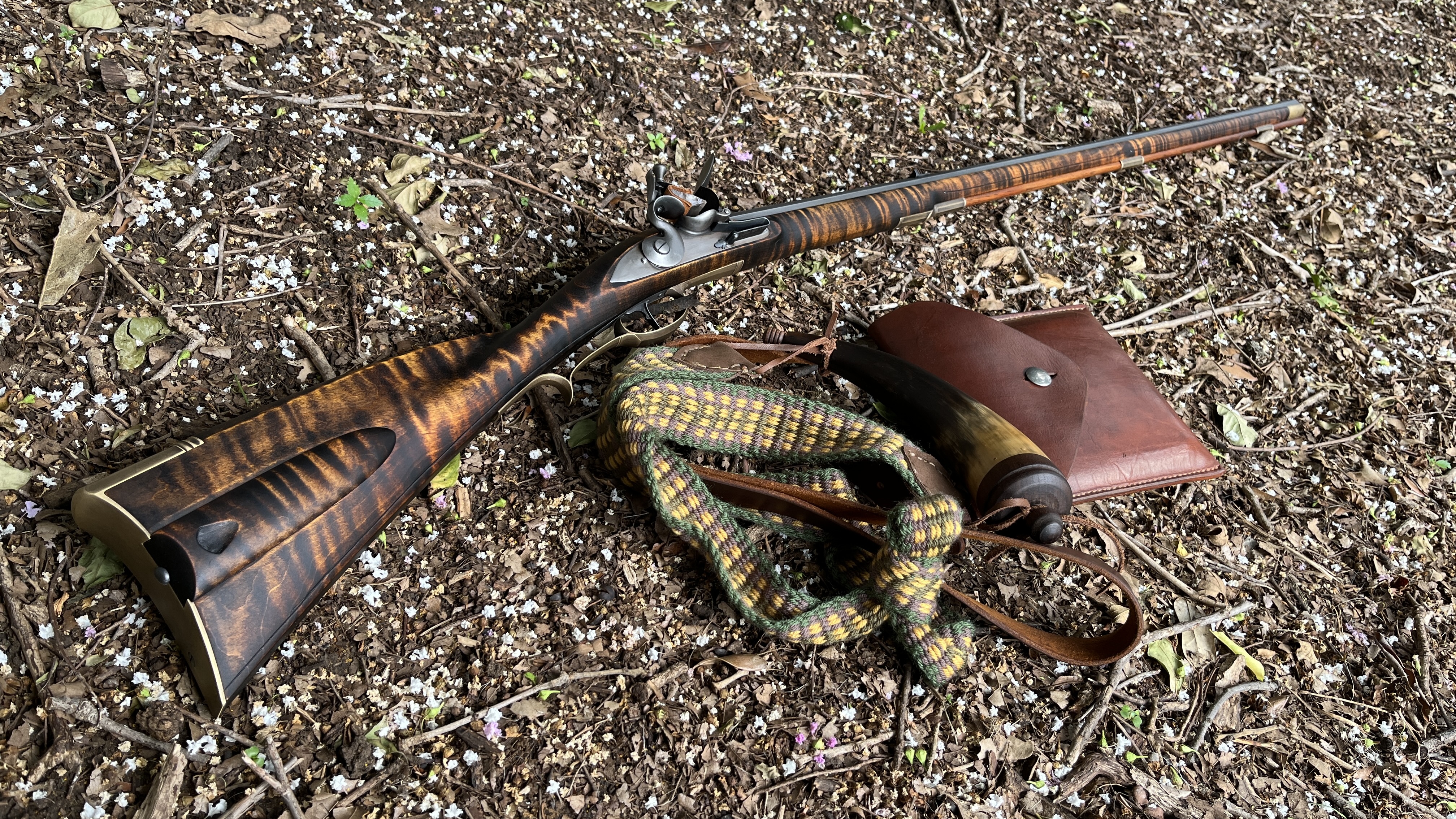- Joined
- Jun 17, 2019
- Messages
- 8,399
- Reaction score
- 9,814
I've seen mention here of a stain that 'really makes tiger maple pop'! Can someone remind me what that stain is again? Thanks!

I never cared for the traditional dark look of Aqua Fortis and much prefer the red high lights of Winchester Red stain which leaves a much brighter look but still accentuates the tiger strips.I've seen mention here of a stain that 'really makes tiger maple pop'! Can someone remind me what that stain is again? Thanks!
Thanks!Aqua fortis, it's a process not a stain.
Thanks!IKHO, Kibler probably sells the best, pure ferric nitrate, aka aqua fortis. Some of the brands of "Aqua fortis," have other ingredients that can adversely affect the stock wood, over time. There should be some youtube videos, and/or threads on this or other forums discussing its use.


Maple, Birch, Ash and even some Cherry is naturally light colored hence it would seem to follow the finish stain/process would be the one that accentuates it's natural color. If one wants the dark look then stock with walnut or dark Cherry.Thanks!
I prefer much lighter aqua fortis colors. If you apply aqua fortis very sparingly (barely damp rag), you can get a lighter honey color.I never cared for the traditional dark look of Aqua Fortis
As a wood worker, I've seen that both terms are commonly used by professionals.We commonly call that "curly maple", rather than "tiger stripe". Each to his own, I reckon.
In thinking about the color on original guns we can observe and copy today I wonder if they are not considerably darker from age than they were when built.The ferric nitrate that is bought as a powder and simply mixed with water will generally create the same appearance of homemade stain made with nitric acid, assuming both are 'heat blushed' which of course they need to be. Of course every piece of wood is different and every homemade batch is different, so you'll obviously see variations. Homemade stains made with acid/water and iron will generally retain more residual acidity than the ferric nitrate powder. Either way, you can further use tannic acid to go darker or you can use ammonia to lighten and add more red/gold to the color *after heat blushing.* I'd use ammonia anyway with homemade stain unless you want the stock to typically go very dark over an extended period of time. Or very mild lye solution works too, or some use baking soda although I feel that the lye or ammonia enhance the colors in a way that baking soda does not.
A stock stained with homemade stain is also going to react more with most commercial linseed oil as there are fatty acids present that will react with the acidity of the stain unless it's been neutralized with ammonia or lye. Have to be very careful if using lye solution and linseed oil, too much lye and the oil will start to get cloudy and patchy white usually in high humidity.
Enter your email address to join: